Dinghy Sailing Clothing Guide
Dinghy sailing is a highly addictive sport, meaning a lot of sailors will be out on the water all year round, making the most of the wind. However, with so many potential weather conditions to be dealing with, it can be tricky to suss out what you should be wearing. Luckily, we’ve put together this handy clothing guide so that you can benefit from the best advice on what to wear for dinghy sailing at all times of year.
Don’t forget:
Always check the weather forecast before you go sailing so that you can pack and dress appropriately. As a general rule, it will usually be windier and cooler at sea than it is on the land, so have extra layers on hand – no one wants to have to abandon their session early because of uncontrollable shivering. On the other hand, sweating it out in a wetsuit on a calm day in August is equally unpleasant, although you can always hop in the water to cool off if necessary.
Neoprene wetsuits are ideal for any sports where you’re likely to get wet, as they keep you warm by trapping a layer of water between the neoprene and your skin, which works as an insulator to keep you warm. For this reason, getting a tight but comfortable fit is essential – if your suit is too big, you’ll find you just have cold water flushing through it when you’re in the water.
Over winter, you’ll need a full-length wetsuit with thicker neoprene. You can refer to our wetsuit thickness guide when making this decision. In the summer months, a skiff suit (otherwise known as a long john) is a popular choice. They’re made of thinner neoprene, and have full length legs but no sleeves, meaning your legs are protected from any scrapes, and your core temperature is protected, but your arms will benefit from greater freedom of movement and flexibility.
Sailing technology is constantly developing, giving you more options to wear on the water. When it comes to sailing tops, the main distinction is between tops worn for warmth and tops worn for UV protection.
For warmth, opt for a thermal top for extra insulation, or a neoprene top. These kinds of tops can be worn underneath other layers, including under wetsuits, or on their own with shorts or hikers on warmer days.
When it’s really hot, a UV top or UV rash vest is a must. When it’s windy and you’re on the water it’s easy to forget that you’re still exposed to harmful rays from the sun. UV tops and rash vests are lightweight options that won’t drag you down on the water. Another popular use for rash vests is to buy one in a larger size and wear it over your buoyancy aid, which prevents anything you’re wearing from catching on parts of the boat, whilst still offering UV protection.
A sailing spray top or jacket is a must-have for windy or rainy days. The constant onslaught of spray will take its toll on your body temperature pretty quickly, so a jacket made out of waterproof, windproof and breathable fabrics will keep your upper body protected and warmer. In the colder months, look for a spray jacket with a quick-drying fleece lining for additional insulation.
Sailing can be hard work, and particularly hard going on your hands. To be able to put in the maximum amount of effort without damaging your hands, you really must wear sailing gloves. As well as protecting you from blisters and rope burns, they’ll also provide you with extra grip for pulling those sheets a little bit tighter. Short finger gloves will give you a little more dexterity, but in the colder months a full-finger neoprene glove will give you that much needed extra warmth, like an extension of your wetsuit.
Hot tip: If your hands are still getting cold on the water during the winter months, invest in a larger pair of gloves (short-finger are fine for this) and wear a pair of Marigolds underneath, you can even wear a normal pair of wool gloves under the Marigolds for another layer of insulation. You may find your hands get a tad sweaty doing this, but you can guarantee they’ll be much warmer! Most sailors would opt for a pair of black Marigolds, but we won’t judge you if you want the pink ones…
You’ll find when sailing that the deck is always pretty slippery and there are countless things to stub your toe on (trust me, I learnt the hard way), so a pair of sailing boots or shoes will be your new best friend. Sailing boots come in different thicknesses so you can choose between 2 or 3mm boots in the summer, and 5, 6 or even 7mm for the coldest times of the year. If you’re not sure about whether you need hiking boots, skiff booties, or all rounder boots, have a read of our guide to dinghy footwear here, which will help you make the right choice when buying your next pair.
Buoyancy aids are essential at all levels of dinghy sailing, so don’t ever kid yourself into thinking you’re good enough to not need one anymore – there is no such thing. If you fall in the water, your buoyancy will, as the name suggests, aid you by providing additional buoyancy. It’s important to note, however, that it doesn’t offer the same support as a life jacket, which is designed to keep your head above water even if you’re not conscious. A buoyancy aid will still require you to tread water and hold your head up. When choosing which one to buy, you’ll notice that those with higher price tags tend to be more compact and comfortable, allowing greater freedom of movement and additional useful features such as strategically placed pockets, adjustable shoulders, and a notch for a trapeze hook, so think about what’s most important for you.
For more information on the difference between different flotation options, read our blog on the uses of life jackets, buoyancy aids and impact vests.
As the final touch, a decent pair of polarised sunnies will be well worth the investment. On a bright day out sailing, not only will you have the sun coming down from above, you’ll also have the glare reflecting off the water which can make it really hard to see the upwind mark, as well as having the potential to cause serious damage to your eyes.
That said, it’s truly quite heart-breaking when your expensive sunglasses get knocked off your head in a mistimed gybe and sink to the bottom of the ocean. Luckily, we have a range of floating, polarised sunglasses in stock so you don’t have to feel like you’re just throwing your pennies into the sea – it’s almost like they were designed with sailors in mind??
--
Updated on 20th August 2019
Originally published on 19th January 2018 in Guides











































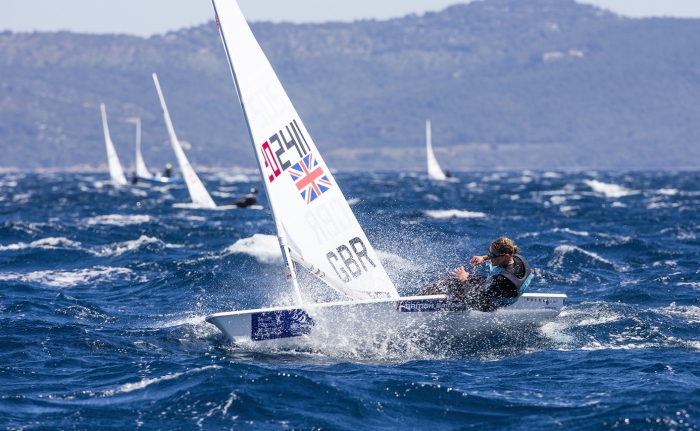


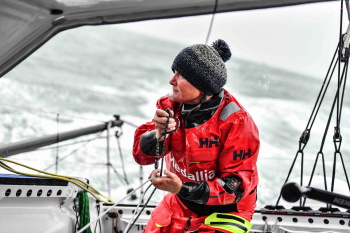

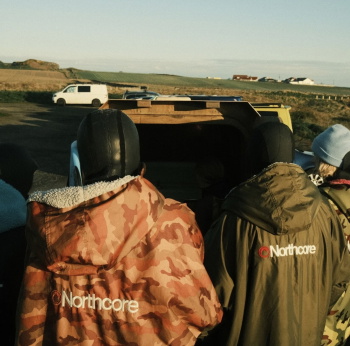



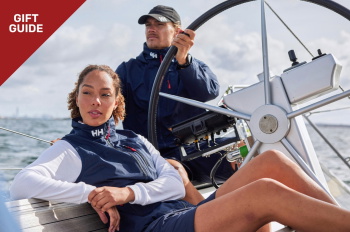

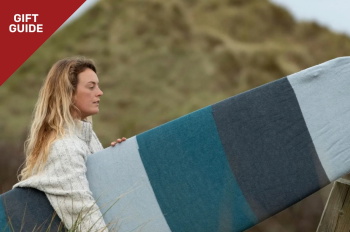
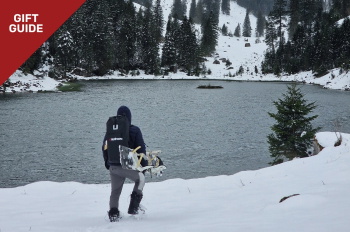
 Visit the US site
Visit the US site  Continue to DE
Continue to DE